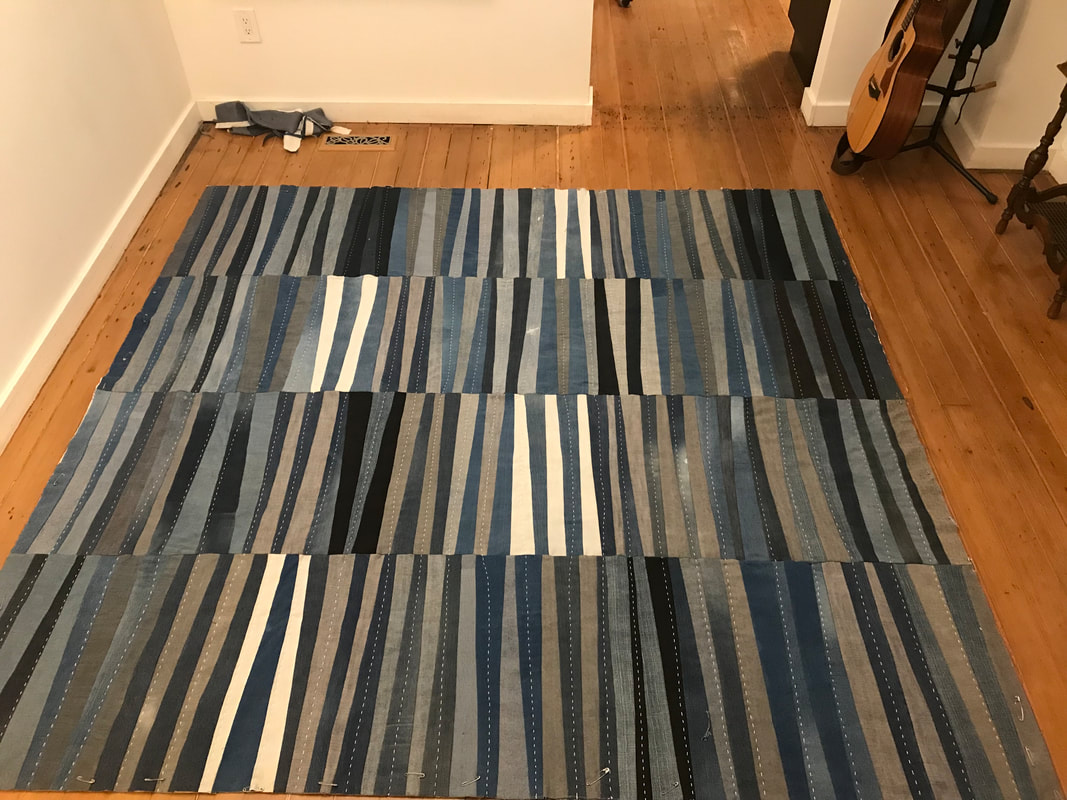I know I haven't written since I was a kid, and when it comes to wants, I'm pretty much good. Unlike a lot of my neighbours who rent homes that are slated for demolition in the coming year or who have to hit the food bank at the end of every month when the money runs out, I'm safe and secure — for now.
You see, I'm a bit of a prepper. I worry about the security of all our food and the hikes in cost of living in the era of climate change so I've been doing workarounds for a lot of that. I have a kitchen garden and my main way of getting around is by bike. My work- and social life surrounds making, mostly with materials that have already served their primary purpose. If the power grid or the banks fail, I can at least charge up my bike lights and headlamps with my Biolite camp stove, using bits of cardboard and twigs so I can get out there and be of some use. My one weak spot, though, is heat. Condos with wood-burning fireplaces being a rarity in these parts, I would have no choice but to go outdoors and hang by the bonfires in the streets.
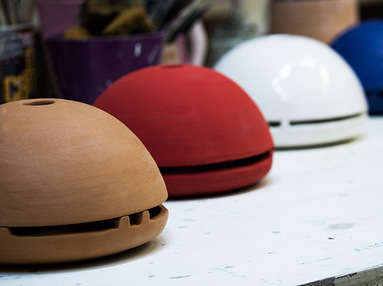
It's the brainchild of Marco Zagaria, a student at the Academy of Fine Arts in Rome. Trouble is, it's not quite available yet. Zagaria has been hand-making the prototypes on a potter's wheel (promo video below) and is currently crowd-sourcing funding — already surpassing his goal by 15 per cent at the time of this writing — to have them mass-produced. So here's where you come in, Santa. I don't know if I can wait, what with us all teetering on this edge of the Ring of Fire and seismologists referring to the imminent major earthquake as The Big One. I figure if you can squeeze your girth into a gas fireplace exhaust vent you can put an Egloo under my tree pronto.
However, as is my nature, I am prepped for the disaster of that not happening as well, so I've sourced some of Zagaria's own research and have latched onto a snippet of his virtual collaboration that he tagged as one of his YouTube 'favorites', a simple arrangement of one clay plot bolted inside another, resting on some thin cinderblocks. (See YouTube clip, at bottom.) It ain't pretty, but it will do the job in a pinch and uses stuff in my immediate vicinity.
Just goes to show, it takes a creative like that Italian art student to arrive at that balance between form and function that marks brilliant industrial design, which begets attraction which begets demand which begets profit motive which begets financial backing which begets wide-scale production which begets marketing to preppers like me.
What am I saying? — you're Santa. Surely you know all about the value of artists in economics and sustainability innovations.
Wishfully,
Carlyn
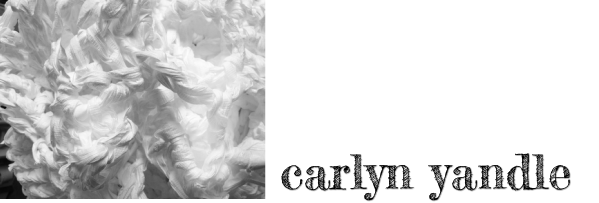
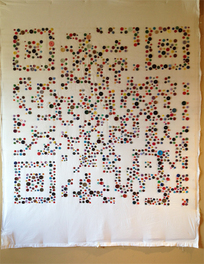
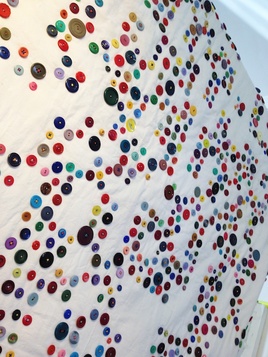
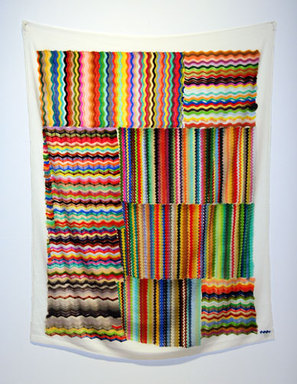
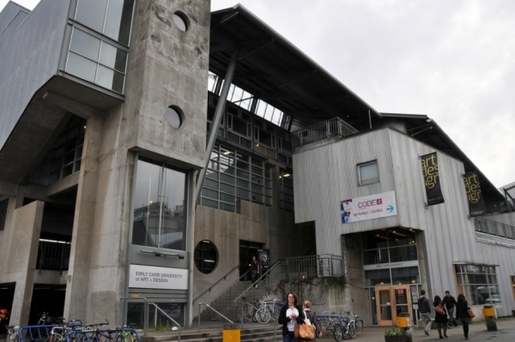
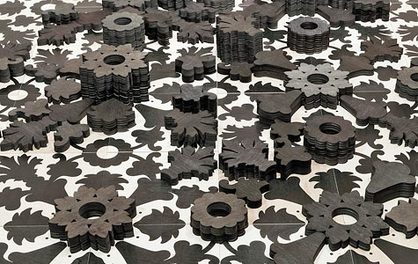
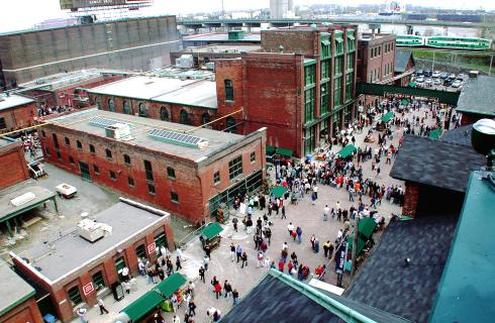
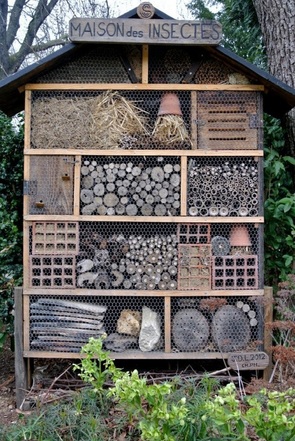
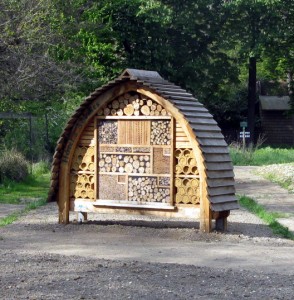
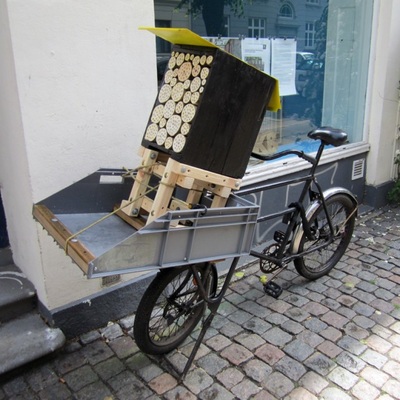
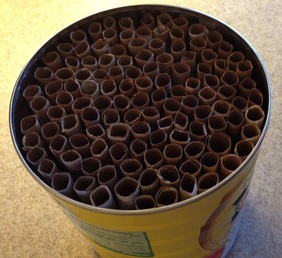
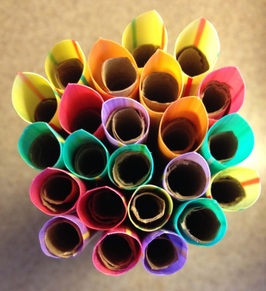
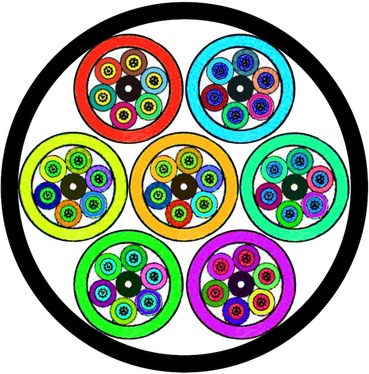
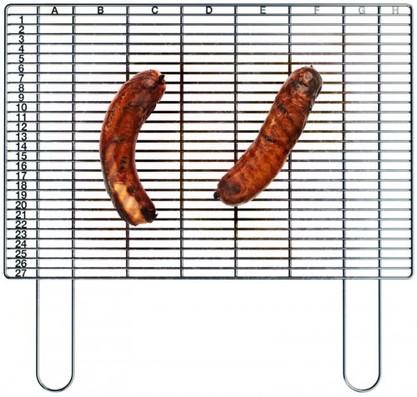
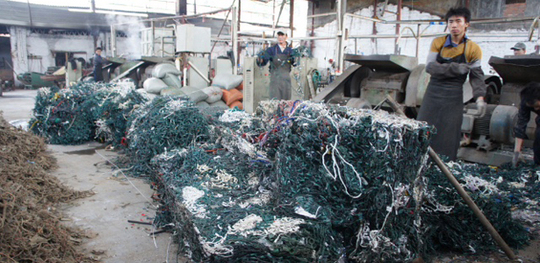
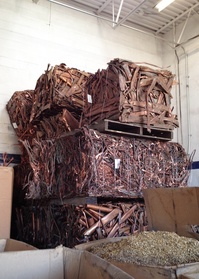
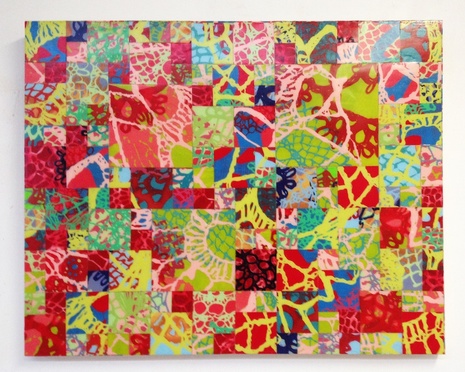
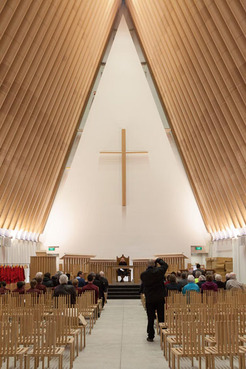
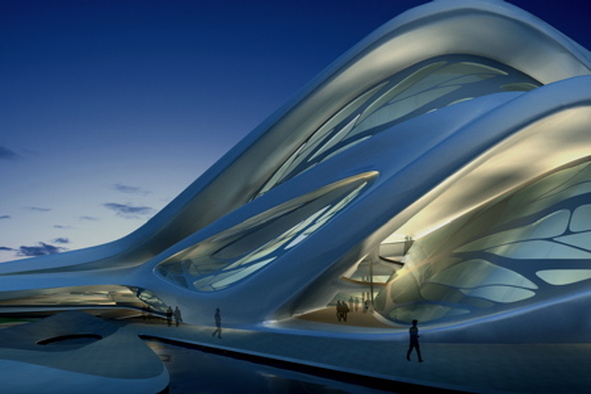
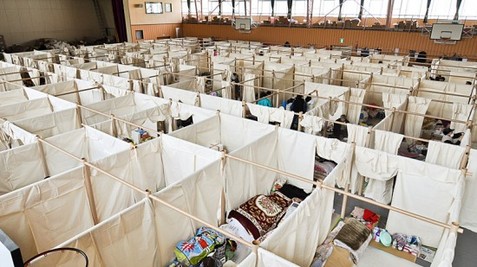
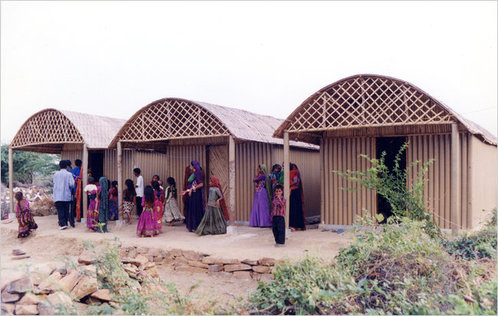
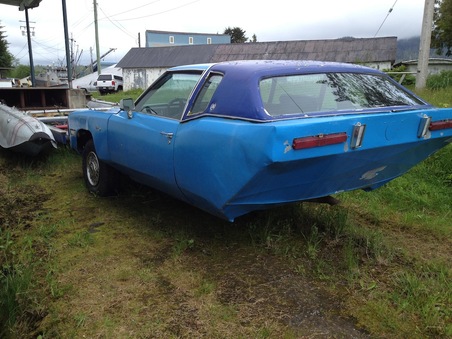
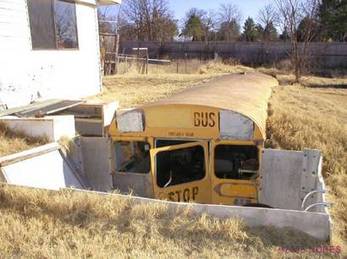
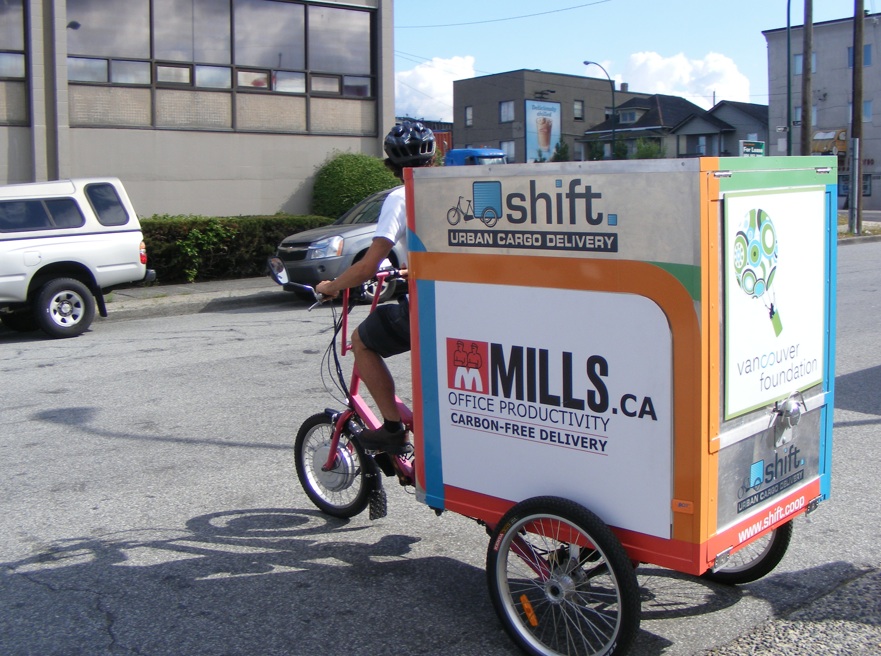

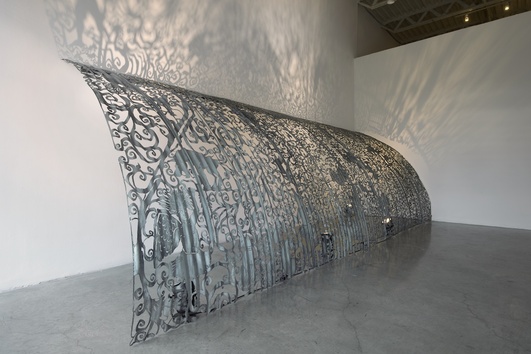
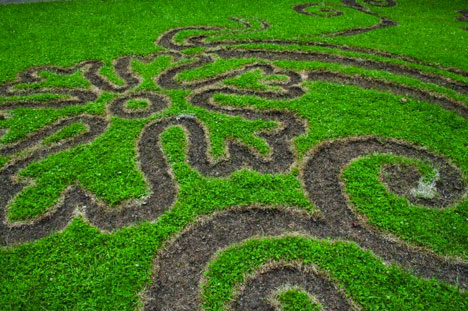
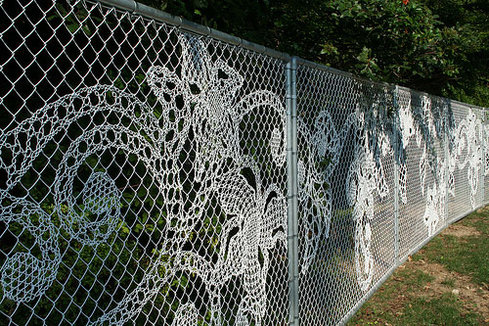
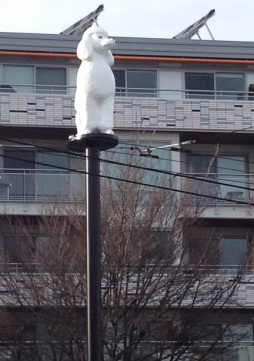
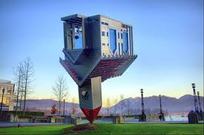
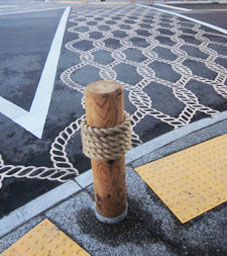
 RSS Feed
RSS Feed

